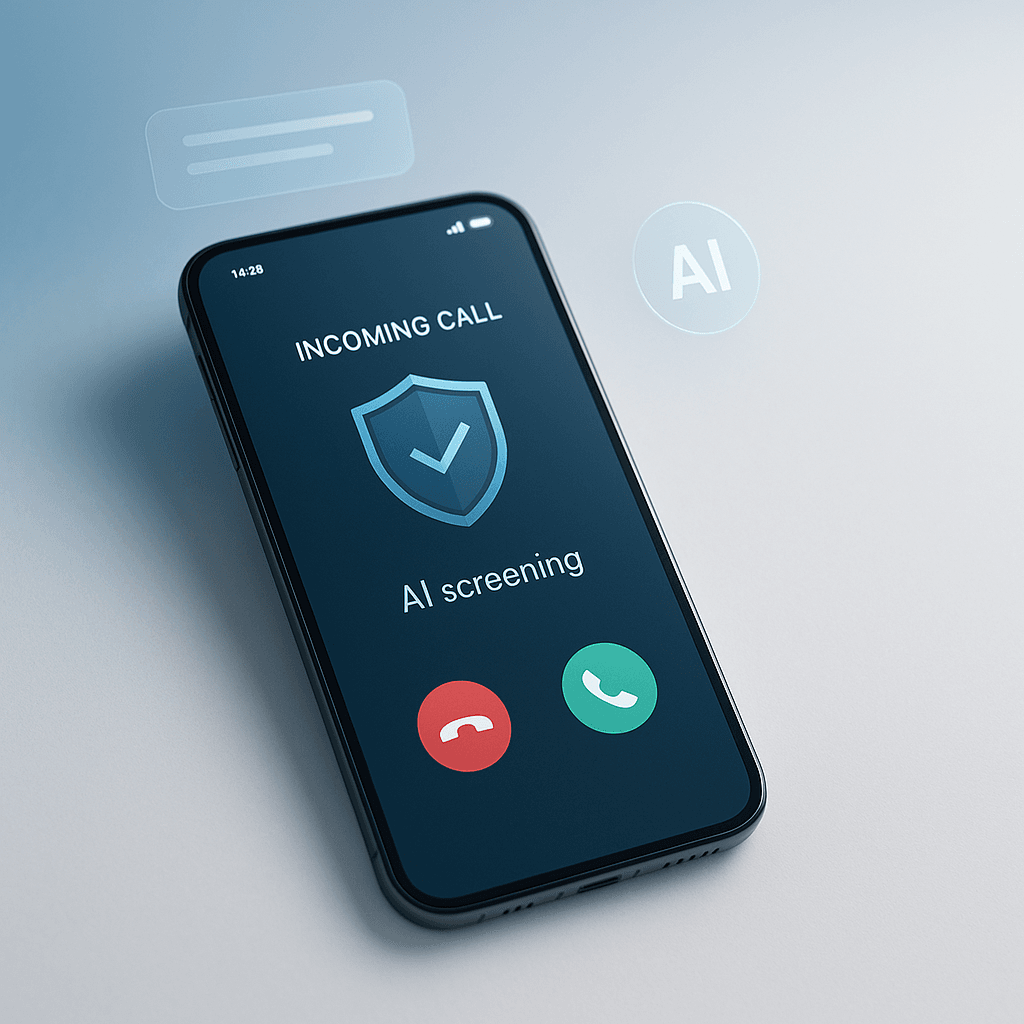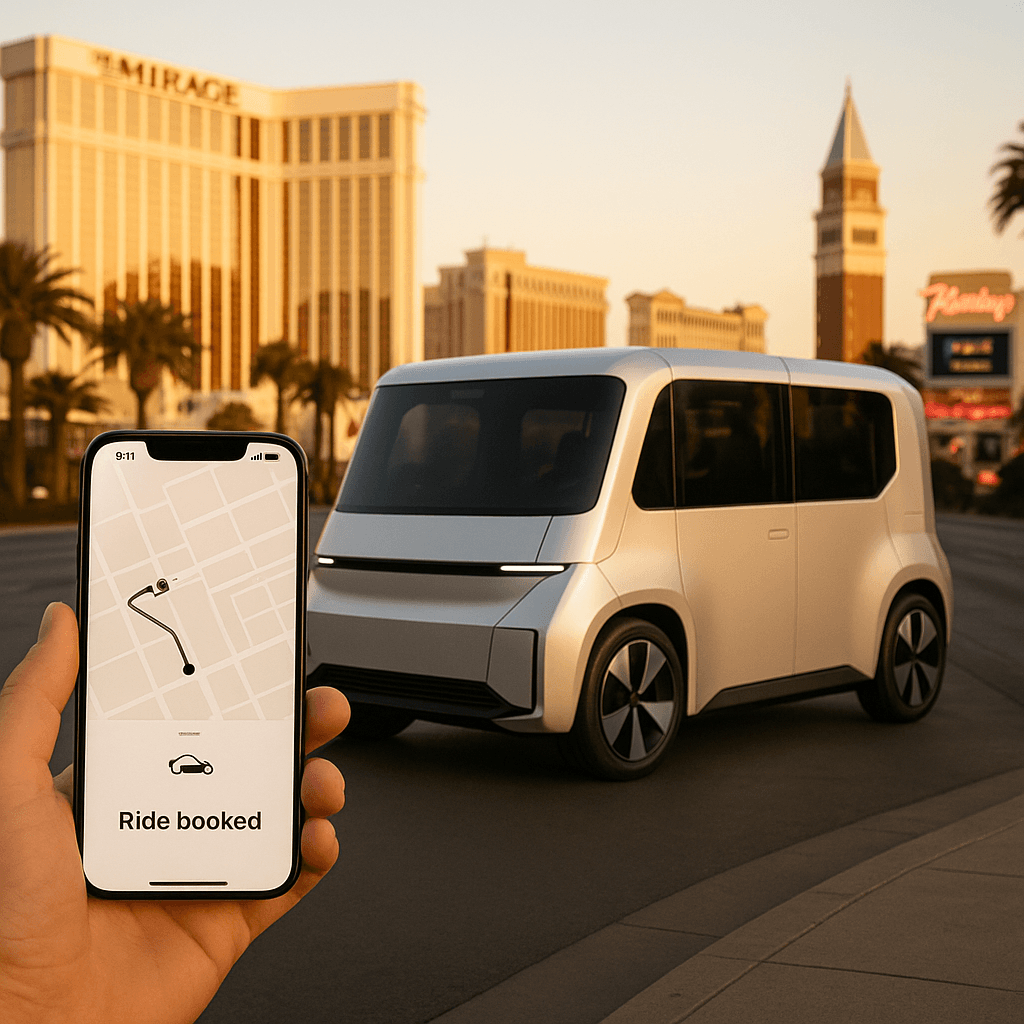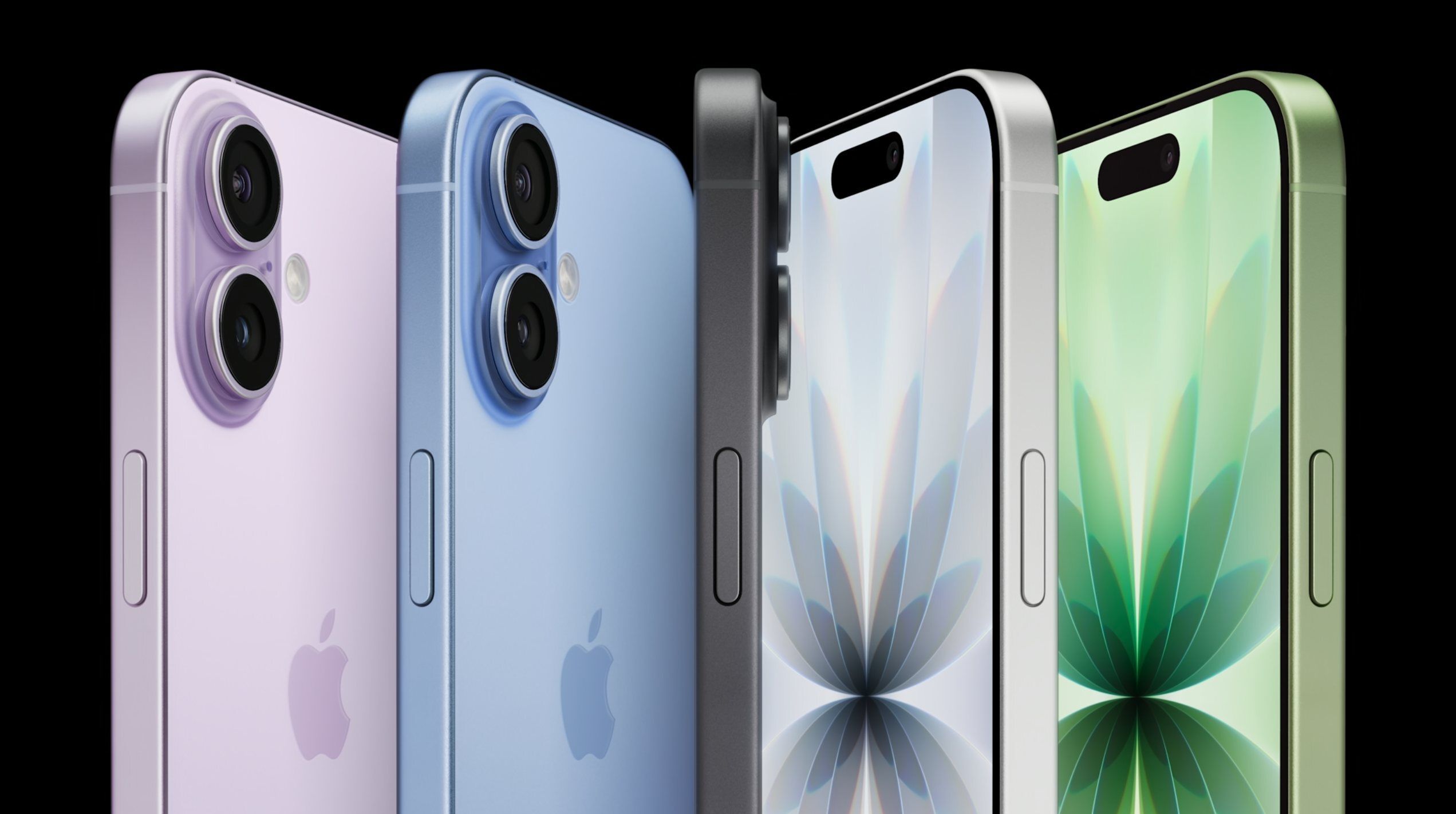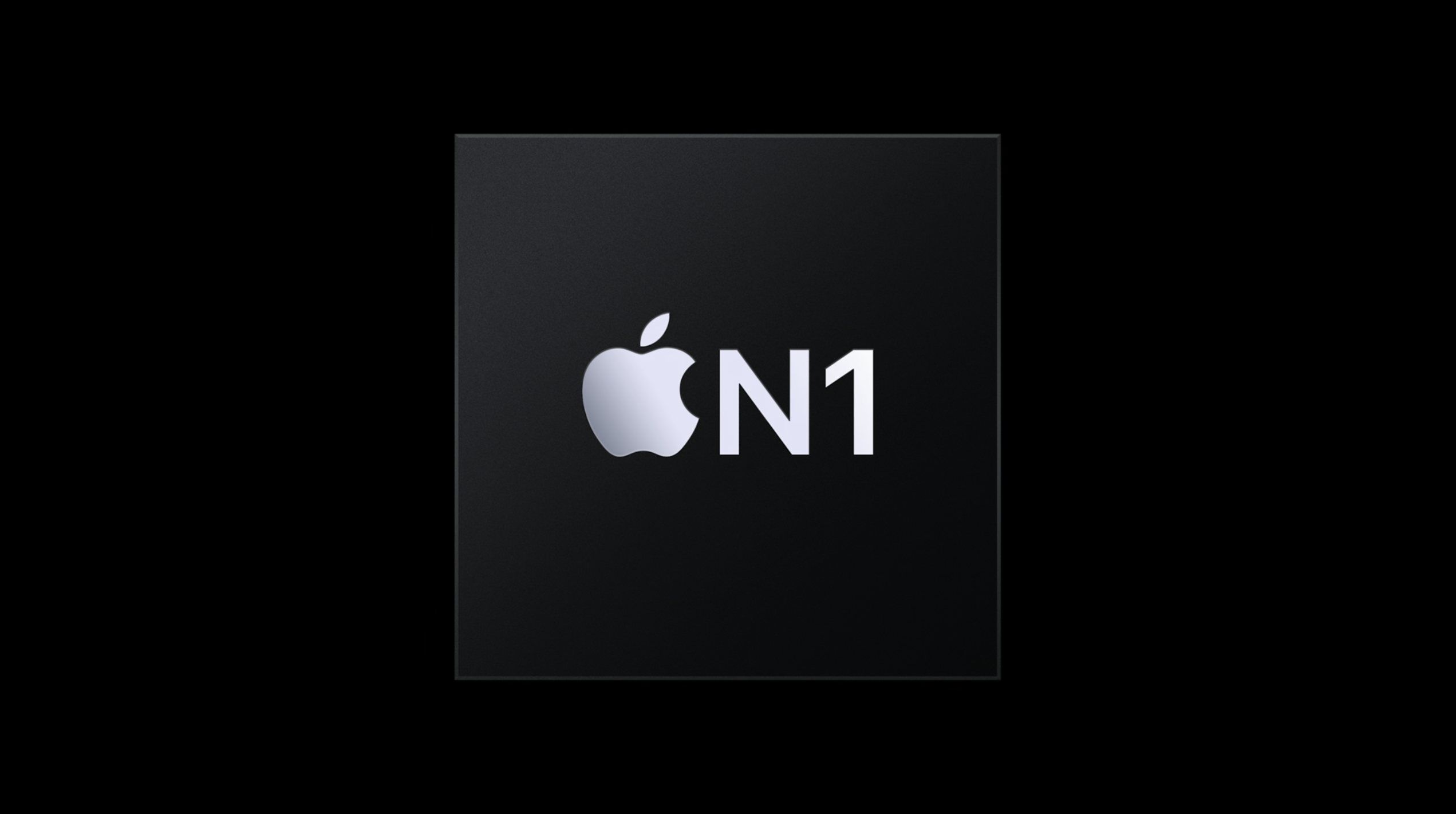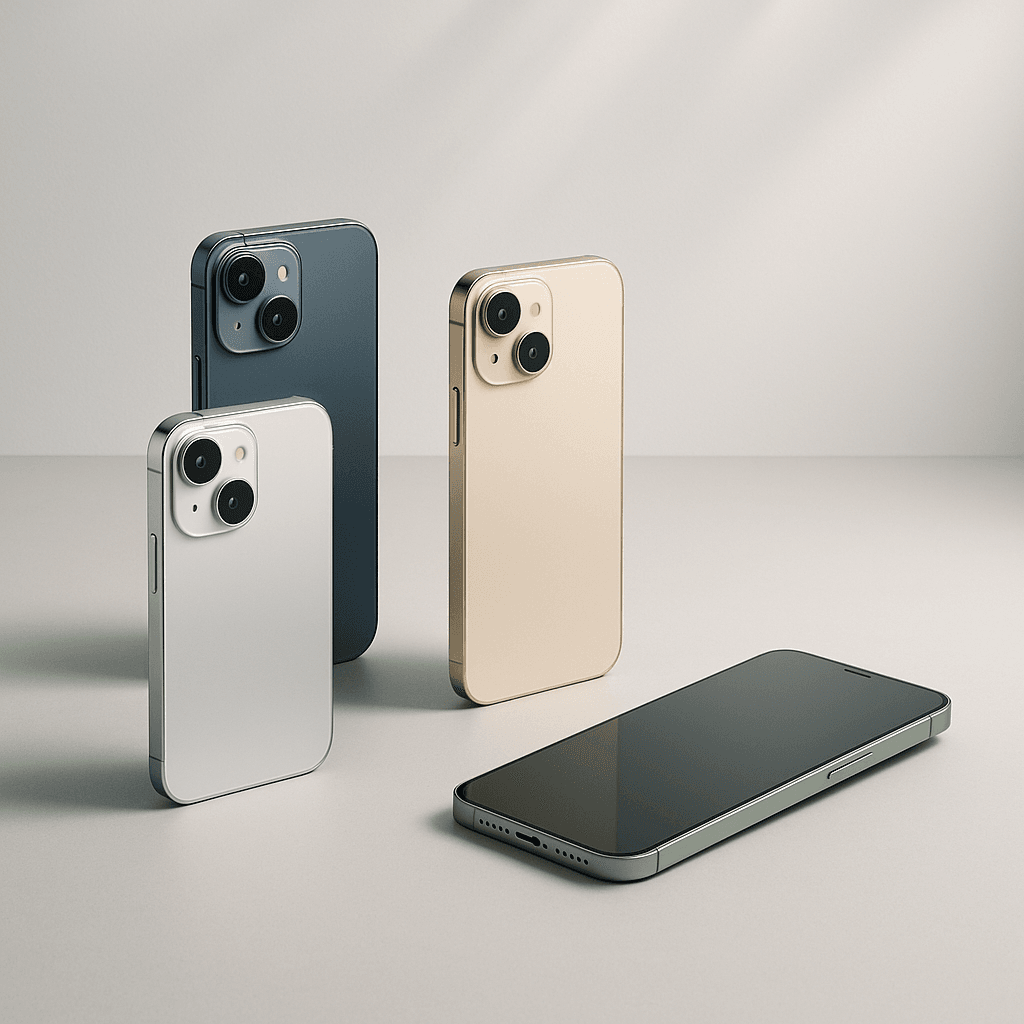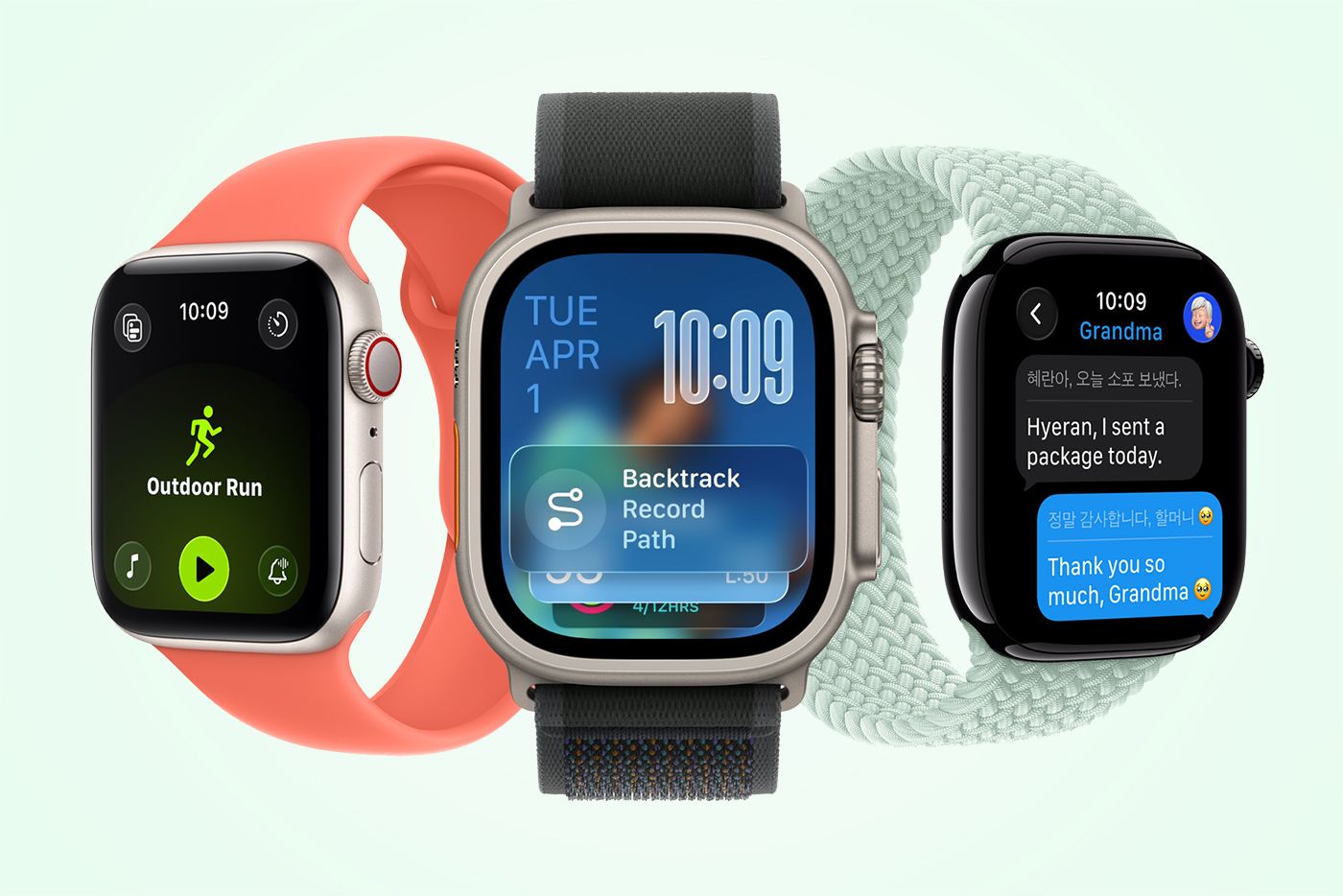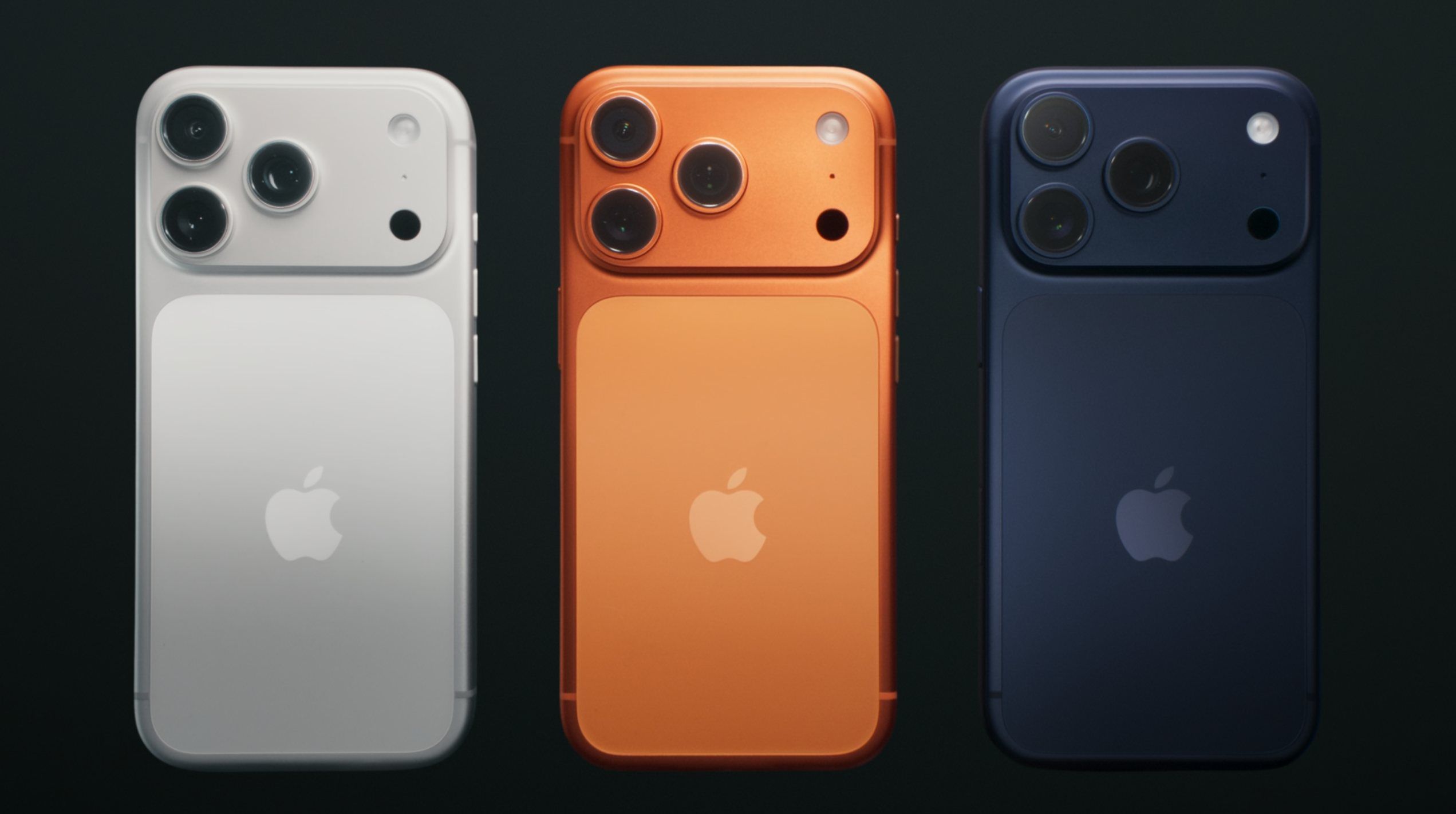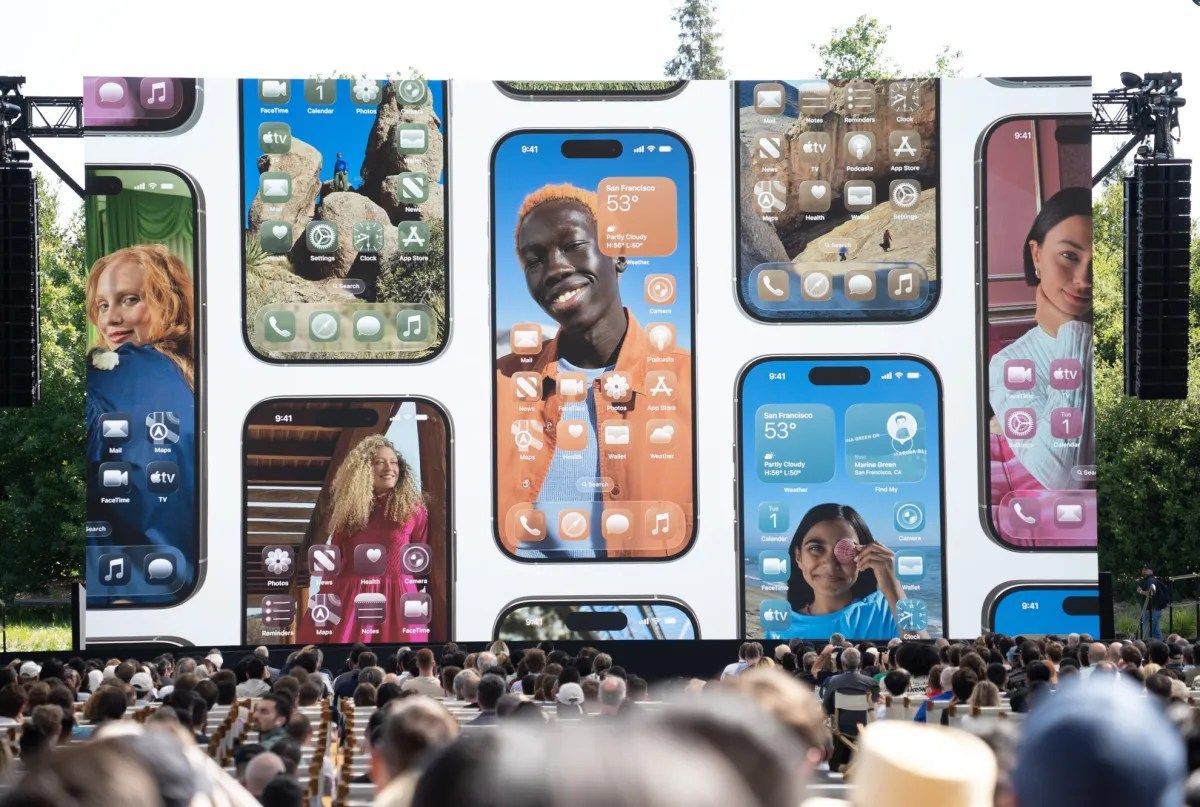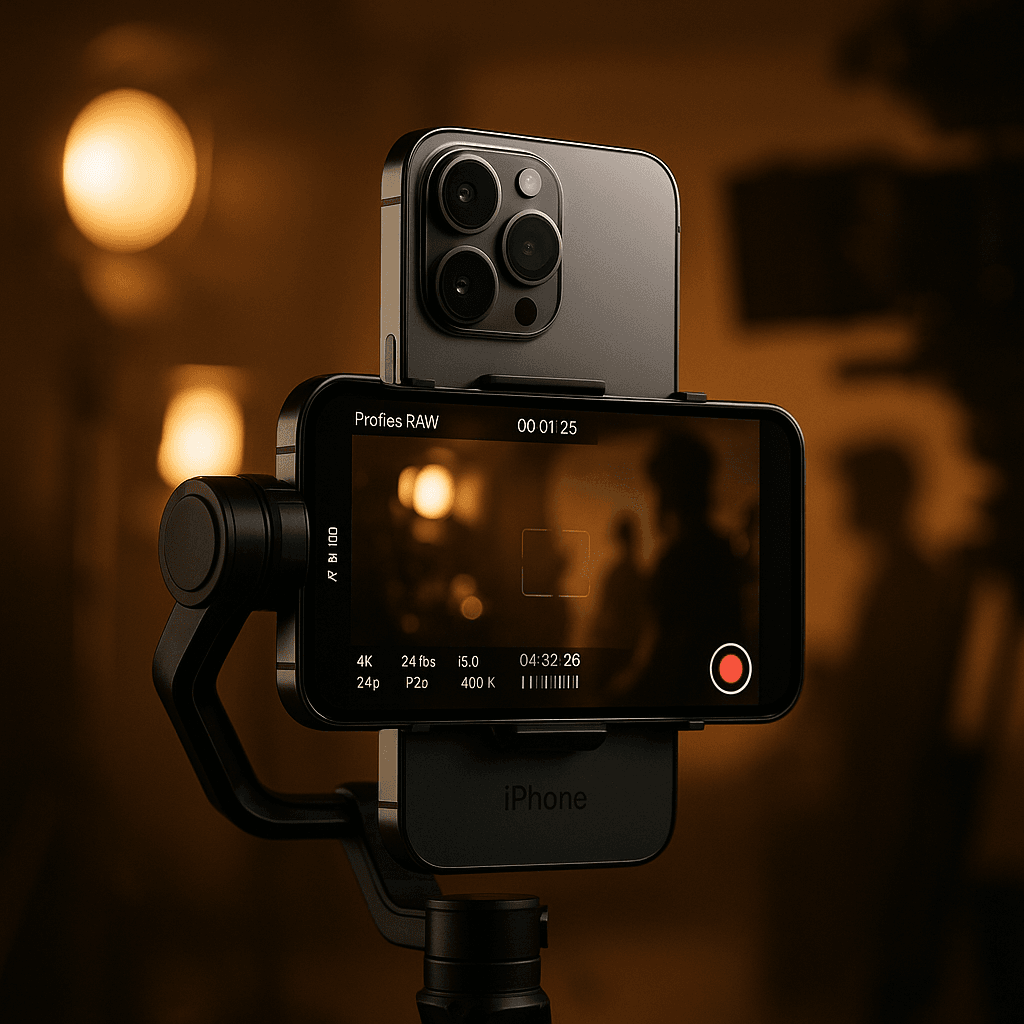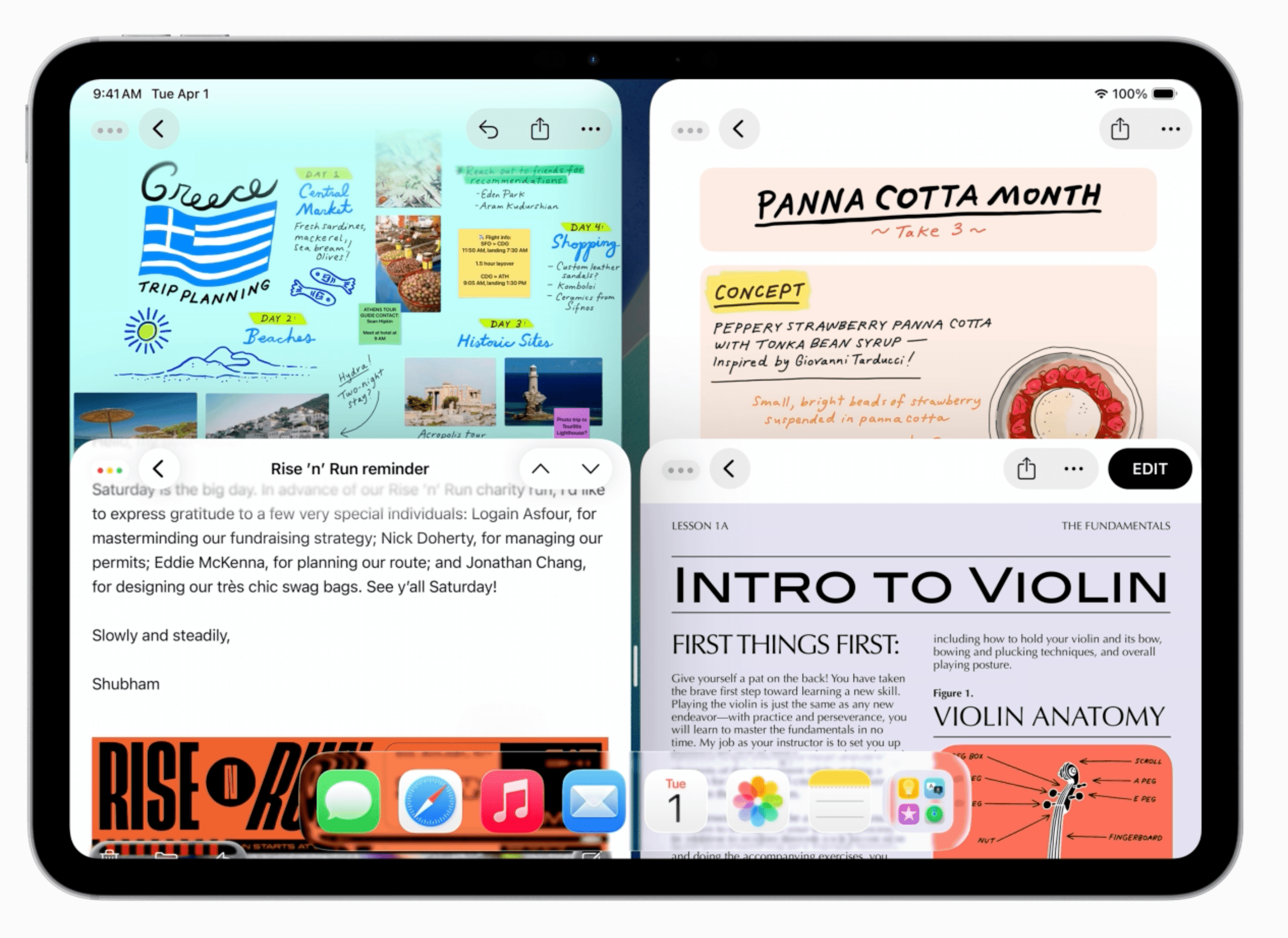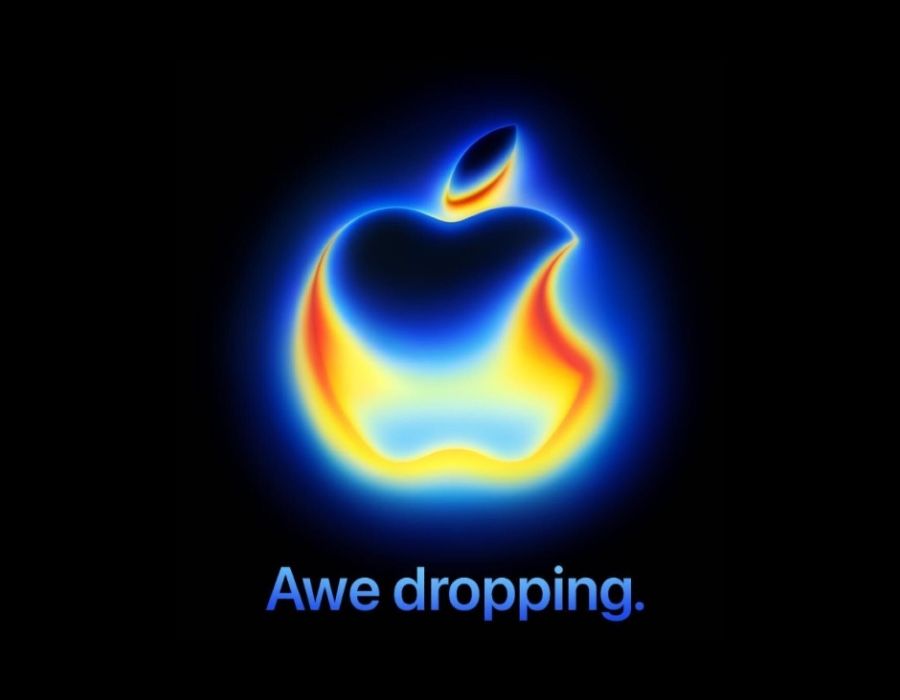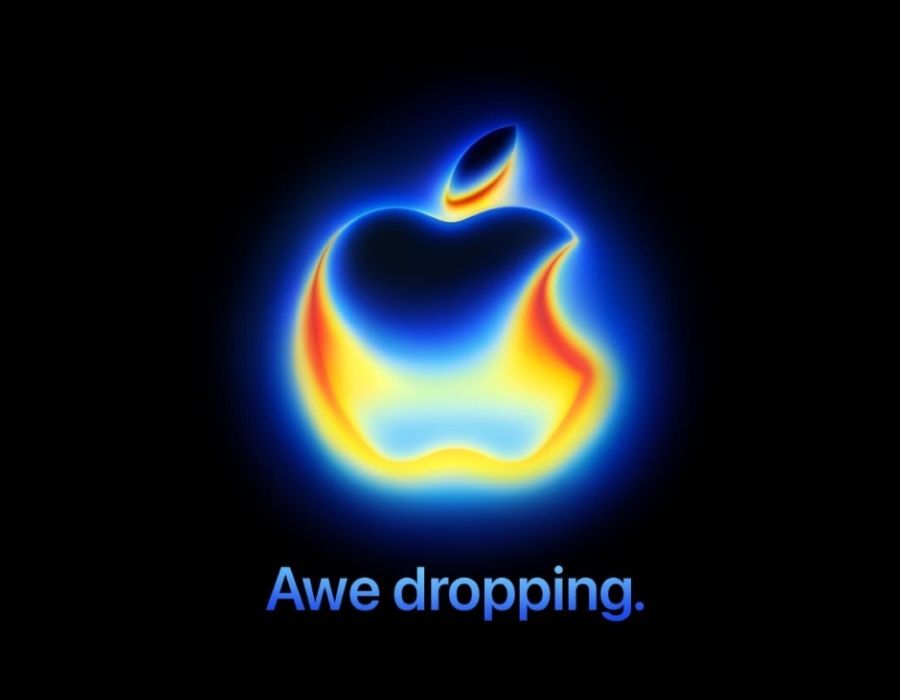Apple is finally bringing AI-powered call screening to iPhones with iOS 26, launching September 15. The feature automatically answers unknown calls, asks for the caller's name and reason, then displays the info so you can decide whether to pick up. It's a game-changer for iPhone users drowning in spam calls - but Google Pixel owners have been enjoying this exact feature since 2018.
The phone call anxiety is real. For years, iPhone users have been stuck between a rock and a spam call - either answer every unknown number and risk telemarketers, or miss important calls entirely. Apple is finally solving this problem with iOS 26's new call screening feature, but there's a catch: Google users have been living this dream since 2018.
When iOS 26 rolls out on September 15, iPhone owners can enable automatic call screening for unknown numbers. The system works elegantly - your phone picks up the call, a robotic voice asks for the caller's name and purpose, then displays this information in a notification bubble so you can decide whether to actually answer. It supports nine languages at launch, including English, Spanish, and Japanese.
But Google's Pixel phones have been doing this exact thing for seven years. "It is one of our fan favorite features," Lyubov Farafonova, a Google product manager, told WIRED. She revealed that millions of Pixel users in the US alone rely on Call Screen daily.
Google hasn't been sitting still either. Since launching Call Screen in 2018, the company has refined the synthetic voice to sound more natural and added tappable reply options so users can communicate with callers without actually picking up. This fall, they're expanding to new markets including India, where Pixel 10 owners will get beta access with English and Hindi support, plus real-time translation capabilities.
This pattern of Apple playing catch-up to Google's AI innovations is becoming increasingly familiar. Google's Magic Eraser for photo cleanup arrived on Pixel devices in 2021, while Apple's version didn't debut until 2024. Home screen widgets? Google added them to Android in 2017, and Apple followed three years later.
Of course, the copying goes both ways. Android's Quick Share file transfer system came long after Apple's AirDrop pioneered the concept. Google's Night Mode for reducing blue light at bedtime was clearly inspired by Apple's earlier Night Shift feature.
